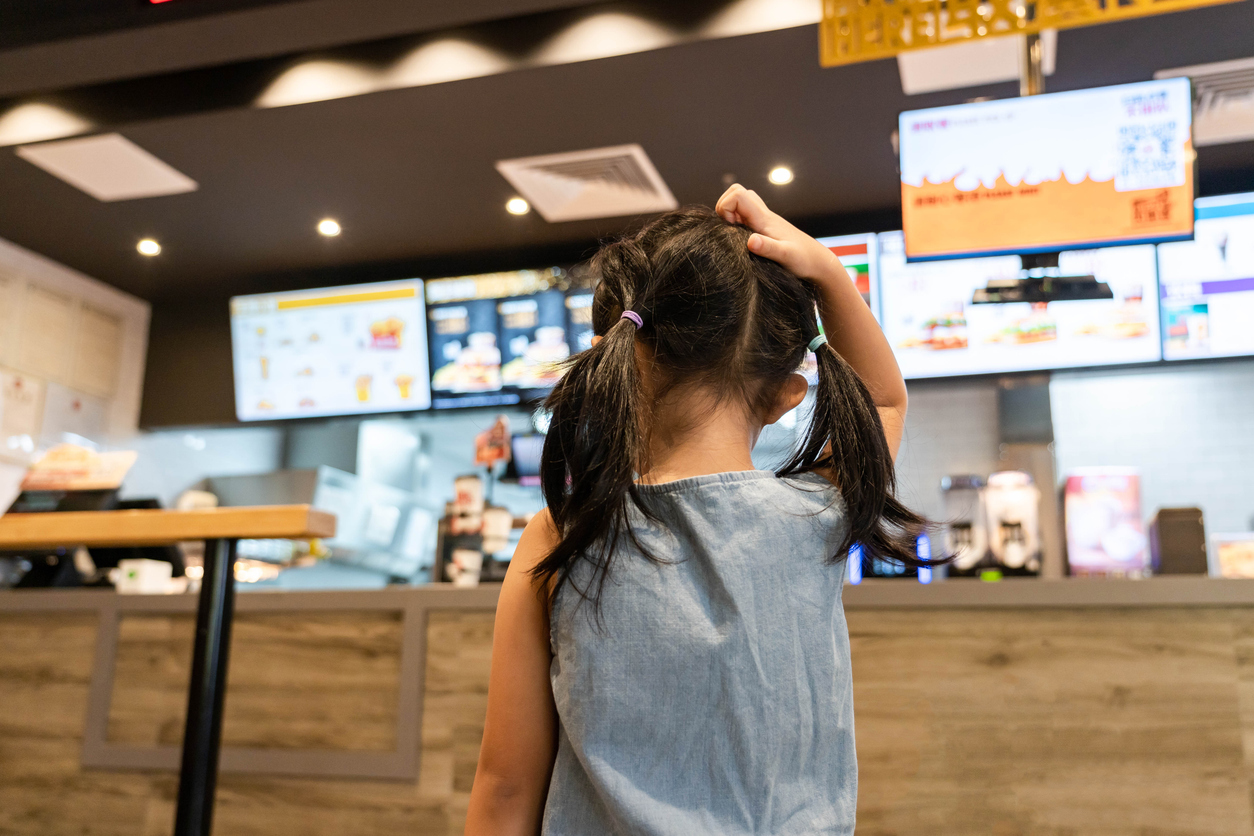In this challenging restaurant industry, managing labor costs has become more crucial than ever for maintaining healthy profit margins. With rising minimum wages, increased competition, and evolving customer expectations, restaurant owners face the complex task of balancing operational efficiency with service quality. Recent industry data shows that labor costs typically consume 30-35% of a restaurant's revenue, making it one of the most controllable expenses in food service operations.
However, reducing labor costs isn't simply about cutting hours or staff—it's about implementing innovative, sustainable strategies. Whether you're running a quick-service establishment, casual restaurant, or fine-dining venue, understanding and controlling labor costs can help you achieve consistent profitability.
Check Your POS Labor Reports
Understanding your labor costs starts with a comprehensive analysis of your POS labor reports. These powerful tools provide crucial insights into your restaurant's operational efficiency and staffing patterns. A robust restaurant POS system can help you track key metrics like labor hours, sales per labor hour, and peak business periods.
Labor cost percentages by shift provide crucial insights into your daily operations. For instance, your Monday lunch shift might generate $2,500 in sales with $625 in labor costs, maintaining a healthy 25% labor cost ratio. Similarly, a busy Friday dinner service could bring in $6,000 with $1,500 in labor, keeping the same efficient ratio despite the higher volume.
Sales-to-labor ratios help identify your top performers and areas for improvement. With a target ratio of $30 sales per labor hour, you can easily spot standout employees generating $45 per hour versus those needing support at $25 per hour. This data helps inform scheduling decisions and training needs.
Peak hour analysis reveals crucial traffic patterns that guide staffing decisions. A typical Saturday might show 120 customers during lunch rush (12 pm-2 pm), dropping to 45 during the afternoon lull (2 pm - 5 pm), before peaking at 180 during dinner service (6 pm - 8 pm). This granular data enables precise staff scheduling to match demand.
Schedule Fewer Employees On Each Shift
Efficient employee scheduling is critical to effectively managing restaurant labor costs. While it might seem safer to overstaff shifts, this approach can significantly impact profit margins. Instead, data-driven scheduling strategies can help maintain service quality while optimizing labor costs.
One of the most powerful tools in scheduling is your restaurant's historical sales data. By analyzing past performance, you can identify genuine peak periods rather than relying on assumptions.
For example, you might discover that while Friday nights are consistently busy, Sunday brunches vary significantly based on weather or local events. This insight lets you adjust staffing levels accordingly, ensuring you're not overstaffed during potentially slower periods.
Modern restaurants should base their staffing decisions on sales forecasts. If your data shows that Monday evenings typically generate $2,000 in sales, you can calculate exactly how many servers you need to maintain optimal service levels.
Moreover, create flexible schedules that can be adapted to unexpected changes is crucial in the restaurant industry. This might include:
- Split shifts during peak hours
- Staggered start times
- Early cut protocols for slower-than-expected service
- On-call staff for unexpectedly busy periods
- Cross-trained employees who can fill multiple roles
Track Labor Cost Daily And Watch Your Weekly Average
Monitor your restaurant's labor costs daily. Labor targets are not one-size-fits-all; they fluctuate throughout the week. For example, if you aim for a total 30% labor cost for all hourly employees. You use that percentage goal to adjust your schedule to be on a budget.
Firstly, the question arises as to how to calculate the labor cost.
To calculate labor cost as a percentage of sales:
- Add up total employee costs (wages, tips, benefits)
- Take your total sales revenue
- Divide employee costs by revenue
- Multiply by 100
For example,
Total Employee Costs: $300,000
Annual Revenue: $1,000,000
Labor Cost Percentage = ($300,000 ÷ $1,000,000) × 100 = 30%
So, what is a good labor cost percentage for a restaurant?
Generally, labor costs represent 30 to 35% of the revenues of a restaurant. However, these percentages change, and most restaurants average around 40%.
More specifically, the lower the level of service, the lower the end of the range, and fine dining restaurants may have a higher labor cost percentage. Quick-service restaurants will typically budget in the range of about 25% of their revenue to pay for labor. Casual dining is more like 25% to 35%, and fine dining is higher, roughly 30% to 35%. To track the health of your specific restaurant's labor cost, you must compare labor cost percentages across a quarter and year to monitor trends.
Cross-Train Your Staff

Cross-training your restaurant staff is a powerful strategy that enhances operational efficiency while reducing labor costs. Teaching employees multiple roles creates a more flexible and resilient workforce. Proper staff training enables your team to maintain excellent service speed even when short-staffed.
Cross-trained employees reduce the need for overstaffing "just in case." Instead of scheduling separate individuals for each role, one versatile employee can cover multiple positions as needed. When servers can jump behind the bar during rush hours or hosts can help run food, your restaurant operates more smoothly. This flexibility allows you to maintain service quality with fewer staff members on shift.
In the back of the house, cross-training also proves equally valuable. Line cooks who can work multiple stations, prep cooks who understand line cooking, and dishwashers trained in essential prep work create a more efficient kitchen operation. This versatility allows your kitchen to maintain productivity even when short-staffed or during unexpected rushes.
Minimize Overtime
Overtime can silently eat away at your restaurant's profitability. When employees work beyond 40 hours per week, the required time-and-a-half pay rate can quickly inflate your labor costs. For example, an employee earning $15 per hour costs $22.50 in overtime, not including additional payroll taxes and benefits. This 50% increase in hourly wages can severely impact your bottom line.
Effective scheduling is your first line of defense against overtime in the following ways:
- Start by analyzing your peak business hours and staffing needs.
- Adjust your scheduling patterns.
- Consider implementing split shifts during busy periods.
Leverage modern scheduling software to track hours worked and predict potential overtime situations. These tools alert managers when employees approach overtime thresholds and suggest schedule adjustments. Some systems even integrate with POS data to help forecast staffing needs based on expected business volume.
Regular analysis of overtime patterns helps identify systematic issues. Review weekly and monthly reports to spot trends:
- Which shifts regularly run long?
- Are certain employees consistently accumulating overtime?
- Do specific business conditions correlate with increased overtime?
Use these insights to refine your scheduling strategies and staffing levels.
Take Advantage Of Technology
Modern restaurant technology has changed how we manage daily operations, control costs, and enhance customer service. From sophisticated POS systems to AI for restaurant operations, these tools are transforming restaurants in the best ways.
Digital solutions now touch every aspect of restaurant management. POS systems track inventory, analyze sales patterns, and monitor real-time labor costs. These systems provide invaluable insights that help managers make data-driven staffing, ordering, and menu pricing decisions.
Innovative AI scheduling software has eliminated the headaches of manual employee scheduling. These platforms can automatically generate schedules based on historical sales data, employee availability, and labor budget targets.
Digital ordering systems, including self-service kiosks and mobile ordering platforms for many restaurants. These solutions can:
- Reduce order-taking labor costs
- Minimize human error
- Increase average ticket sizes
- Speed up service times
- Improve customer satisfaction
Inventory management has been transformed by technology, with systems that:
- Track real-time usage
- Automate ordering
- Reduce waste
- Predict future needs
- Monitor costs
With these technological solutions, restaurants can significantly improve their operational efficiency while reducing labor costs and enhancing customer experience.
Improve Communication Between Staff And Management
Effective communication between staff and management is essential for fostering a positive work environment and improving overall operational efficiency in restaurants. Employees feeling heard and informed can lead to better service and enhanced customer experiences. Here are key strategies to improve communication in your restaurant:
- Create channels for staff to express concerns, share ideas, and ask questions.
- Implement communication tools like messaging apps or dedicated platforms that allow for instant updates.
- Hold daily or weekly staff meetings to discuss important updates, upcoming promotions, or any issues that need to be addressed.
- Encourage team-building activities and promote collaboration among departments.
- Invest in leadership training programs that emphasize effective communication techniques.
- Use clear, concise signage, including daily specials, policy reminders, or updates on performance goals.
- Regularly assess communication effectiveness through surveys or feedback sessions.
Boost Your Restaurant’s Profit With Checkmate
Checkmate offers the tools to streamline operations and boost your bottom line. Our solutions help automate ordering processes, optimize staff scheduling, and provide valuable insights into your restaurant's performance metrics. Whether you want to improve your online ordering system or enhance customer engagement, our integrated solutions can help you achieve your goals while maintaining optimal labor costs. Get a demo and discover how we can help you achieve sustainable growth and improve profitability.





